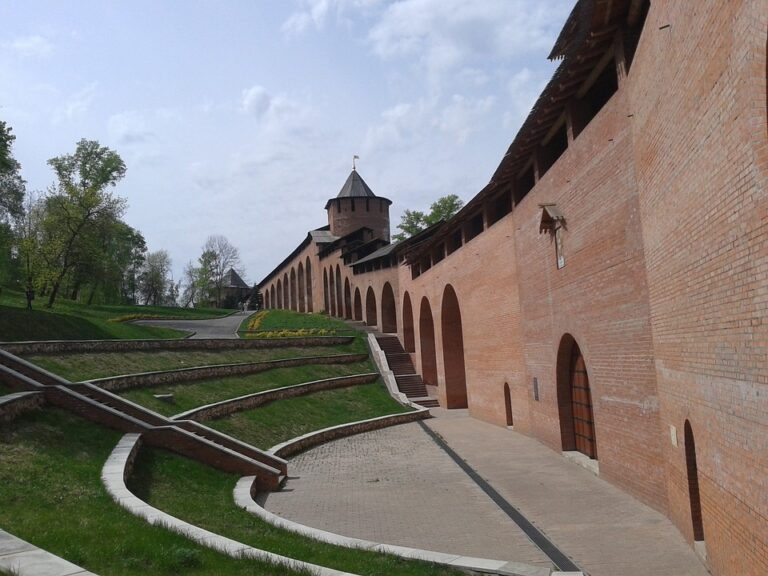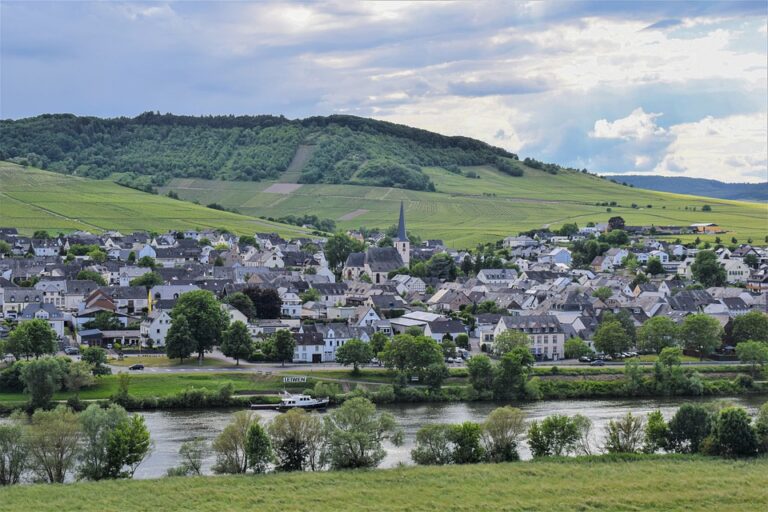Russian Expansion into North America
Russian explorers and fur traders were among the first Europeans to venture into the wilds of North America. The Russian colonization of Alaska and the Pacific Northwest in the 18th and 19th centuries played a significant role in shaping the history of the region.
The Russian presence in North America began in the early 1700s when Russian fur traders established a trading outpost on the western coast of Alaska. This outpost, known as Fort Ross, served as a base for the fur trade and as a way station for Russian ships traveling between Asia and North America.
Exploring the Pacific Northwest
In the late 1700s, Russian explorers began to venture further south along the Pacific coast, exploring the coastal regions of what is now Oregon and California. Russian fur traders established a number of trading posts and forts along the coast, including Fort Ross in California and Fort St. Nicholas in Oregon.
These outposts played a key role in the fur trade, as Russian trappers and Native American hunters gathered pelts of sea otters, beavers, and other valuable animals to trade with European merchants. The fur trade was a lucrative business, and Russian traders were eager to exploit the abundant resources of the North American frontier.
The Russian-American Company
In 1799, the Russian government granted a charter to the Russian-American Company, a trading company tasked with managing Russian interests in North America. The company established a network of trading posts, forts, and settlements throughout Alaska and the Pacific Northwest, expanding Russian influence in the region.
The Russian-American Company played a key role in the development of the Alaskan fur trade, as well as in the exploration and mapping of the region. Russian explorers and cartographers ventured deep into the interior of Alaska, mapping rivers, mountains, and other geographical features.
The Legacy of Russian Pioneers
The Russian pioneers who ventured into the wilds of North America left a lasting legacy on the region. Russian place names dot the landscape of Alaska and the Pacific Northwest, and Russian culture and traditions have influenced the indigenous peoples of the region.
Additionally, the Russian fur trade had a profound impact on the Native peoples of North America, as well as on the environment. The demand for furs led to the depletion of many animal populations, including sea otters and beavers, and disrupted the ecological balance of the region.
Exploring the Russian Frontier
Despite the challenges and hardships of pioneering in North America, Russian explorers and fur traders were drawn to the untamed wilderness of the frontier. The lure of adventure, profit, and discovery motivated these pioneers to push the boundaries of exploration and settlement.
Russian explorers mapped vast stretches of territory, from the rugged coastline of Alaska to the towering peaks of the Rocky Mountains. They traded with Native American tribes, forged alliances, and established a network of trading routes that connected the Russian outposts of the North American frontier.
The End of Russian Rule
In the mid-19th century, the Russian-American Company faced mounting financial difficulties and pressure from American and British traders. In 1867, the Russian government sold Alaska to the United States for $7.2 million, bringing an end to Russian rule in North America.
Despite the end of Russian colonization, the legacy of the Russian pioneers lives on in the landscape, culture, and history of the North American frontier. Russian place names, traditions, and stories continue to enrich the tapestry of North American history, reminding us of the diverse and complex interactions that shaped the region.
Conclusion
The Russian pioneers who explored the frontiers of North America played a crucial role in shaping the history of the region. Their efforts to map, trade, and settle the wilds of Alaska and the Pacific Northwest left a lasting legacy that continues to influence the region to this day.
As we reflect on the achievements and challenges of the Russian pioneers, we are reminded of the spirit of exploration, adventure, and resilience that drove them to venture into the unknown. Their stories remind us of the rich and diverse history of North America, and the importance of preserving and honoring the contributions of all who have shaped the region.





